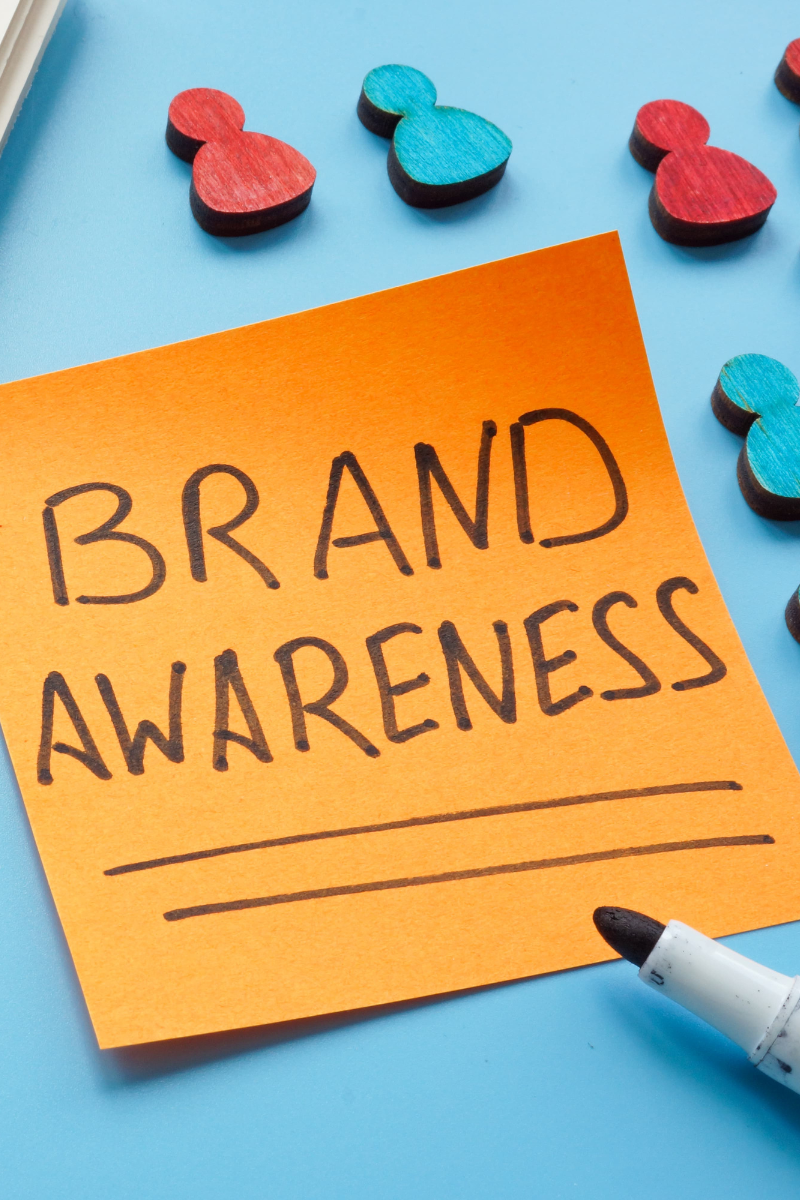Navigating the Advertising and Digital Marketing Landscape in 2025
Digital marketing is set to remain the fastest-growing media channel, projected to reach $513 billion and account for 62.7% of global ad spend. This rapid expansion highlights the increasing dominance of digital marketing channels and the fierce competition for consumer attention.
As new platforms emerge and consumer behaviors shift, businesses must stay agile to remain competitive. In this blog, we’ll explore the key trends shaping advertising and marketing in 2025, providing insights into where the industry is headed and how Onimod Global can help your brand thrive in this ever-evolving landscape.
1. Balancing Brand Awareness and Customer Acquisition
Marketers are rethinking their approach to brand awareness. A survey of over 200 marketing leaders highlights a strategic shift: while performance marketing remains essential, there is a growing focus on balancing customer acquisition with brand-building efforts. This approach drives immediate sales and helps foster long-term brand loyalty.
To achieve this, marketers prioritize paid social media ads (87%) and paid search (84%) in their budgets. However, heavy reliance on familiar channels increases the risk of market saturation, making diversification key. Exploring emerging platforms and alternative strategies will be essential for brands looking to expand their reach and maintain a competitive edge.
2. Emerging Marketing Channels & Diversification
As traditional marketing channels reach saturation, brands increasingly turn to alternative platforms to expand their reach and engage with new audiences. Diversification is no longer just an option—it’s a necessity for sustained growth. One of the most effective ways brands diversify their marketing efforts is by leveraging podcasts and influencer partnerships. These platforms offer a unique opportunity to connect with niche audiences more authentically, engaging, and non-intrusively.
By diversifying their marketing strategies across these emerging channels, businesses can reduce dependency on any single platform, mitigate risks associated with algorithm changes, and ensure consistent brand visibility in an increasingly fragmented digital landscape.
3. The Rise of AI in Digital Marketing
Artificial Intelligence (AI) continues to revolutionize the marketing sector in 2025. From automating routine tasks to delivering hyper-personalized customer experiences, AI’s integration is becoming indispensable. Integrating AI into your digital marketing can help streamline operations and enhance the precision and effectiveness of marketing campaigns. Key applications of AI in marketing include:
- Predictive Analytics: Utilizing machine learning algorithms to analyze historical data, enabling marketers to forecast consumer behavior and tailor strategies accordingly.
- Personalization Engines: Delivering customized content and product recommendations based on user preferences and behaviors.
- Chatbots and Virtual Assistants: Enhancing customer service by providing real-time assistance and support, improving engagement and satisfaction.
4. Privacy and Data Management
With AI and data-driven strategies playing an ever-growing role in marketing, consumer privacy is no longer just a compliance issue. It’s a core element of brand trust and reputation. As data collection and personalization efforts become more sophisticated, consumers demand greater control over how their information is used.
In response to growing privacy concerns and stricter regulations, brands are moving away from third-party data and prioritizing first-party data collection. This approach helps businesses build direct relationships with their customers while maintaining compliance with privacy laws. Here are some examples of companies using this trend:
- Google’s Phase-Out of Third-Party Cookies: With Google set to phase out third-party cookies in late 2024, marketers must find alternative ways to gather user insights. First-party data—collected through website interactions, email subscriptions, and loyalty programs—will be crucial for businesses to maintain personalized marketing efforts.
- Zero-Party Data: Beyond first-party data, brands are also leveraging zero-party data, which is information customers voluntarily share, such as preferences and purchase intentions. This data helps foster transparency and deeper engagement between brands and consumers.
5. Scaling Hyper-Personalization
As consumers in 2025 demand more tailored experiences, hyper-personalization has become a necessity rather than a luxury. No longer limited to basic product recommendations, today’s personalization strategies encompass the entire customer journey, from initial brand interaction to post-purchase engagement.
By harnessing AI, machine learning, and real-time data analytics, businesses can deliver highly relevant content, offers, and experiences that align with individual preferences, behaviors, and needs—driving stronger relationships and higher customer retention rates. Here’s how brands are taking personalization to the next level in 2025:
- Real-Time Data Utilization: AI-driven tools analyze consumer interactions in real time.
- Predictive Analytics for Anticipatory Marketing: Machine learning predicts what a customer is likely to need before they even search for it.
- Contextual Personalization: Hyper-personalization factors in location, device usage, weather conditions, and even emotional sentiment to craft customized experiences.
Onimod Global: Your Digital Marketing Partner
Navigating the complexities of the digital marketing landscape requires expertise and adaptability. Onimod Global offers a suite of services designed to align with current trends and propel your brand forward:
- Search Engine Optimization (SEO) and Search Engine Marketing (SEM): Enhance online visibility and attract high-quality traffic through data-driven strategies.
- Social Media Marketing: Engage with your audience across platforms, fostering community and brand loyalty.
- Website Development: Create user-centric websites that offer seamless experiences, reflecting your brand’s identity.
- Automation and Analytics: Leverage AI and machine learning to automate processes and gain actionable insights.
- Graphic Design and Branding: Develop compelling visuals and brand narratives that resonate with your target audience.
By partnering with Onimod Global, you can access a team dedicated to crafting customized solutions that meet your unique business objectives. For a full list of our services, see here.
Final Thoughts
Rapid technological advancements and evolving consumer expectations define the media advertising and marketing landscape in 2025. To stay ahead, businesses must adapt to emerging trends and leverage innovative strategies. By partnering with Onimod Global, brands can confidently navigate this dynamic environment, driving sustained growth and long-term success.
Ready to elevate your marketing strategy? Contact us today to schedule your complimentary consultation.
Frequently Asked Questions (FAQs)
Why is balancing brand awareness with customer acquisition important?
Balancing both helps ensure that while attracting new customers, you’re also building a strong brand presence that fosters long-term loyalty and recognition. Onimod Global helps brands develop data-driven strategies that achieve this balance, ensuring sustainable growth and increased brand equity.
How can AI enhance my marketing efforts?
AI can analyze vast amounts of data to provide insights into consumer behavior, and deliver personalized content, making your marketing more efficient and effective. Onimod Global integrates AI-powered tools while maintaining the human touch to help optimize campaigns, improve customer targeting, and deliver hyper-personalized experiences that drive engagement and conversions.
What are the benefits of diversifying marketing channels?
Diversification reduces dependency on a single channel, mitigates risks, and allows you to reach different audience segments, enhancing overall campaign effectiveness. For brands looking to navigate this evolving landscape, Onimod Global helps businesses identify the most effective platforms for their audience and goals, ensuring a well-rounded and resilient marketing strategy.
How does Onimod Global stay ahead of marketing trends?
Onimod Global continuously monitors industry developments to provide clients with the most current and effective marketing strategies. Our proactive approach keeps brands ahead of the curve, adapting to shifts in consumer behavior, platform algorithms, and emerging opportunities.
What makes Onimod Global’s approach unique?
Our in-house team offers a holistic suite of services, ensuring seamless integration and consistent brand messaging across all platforms. We tailor strategies to each client’s specific needs, combining innovative digital marketing techniques with data-driven insights to deliver measurable results and long-term success.




